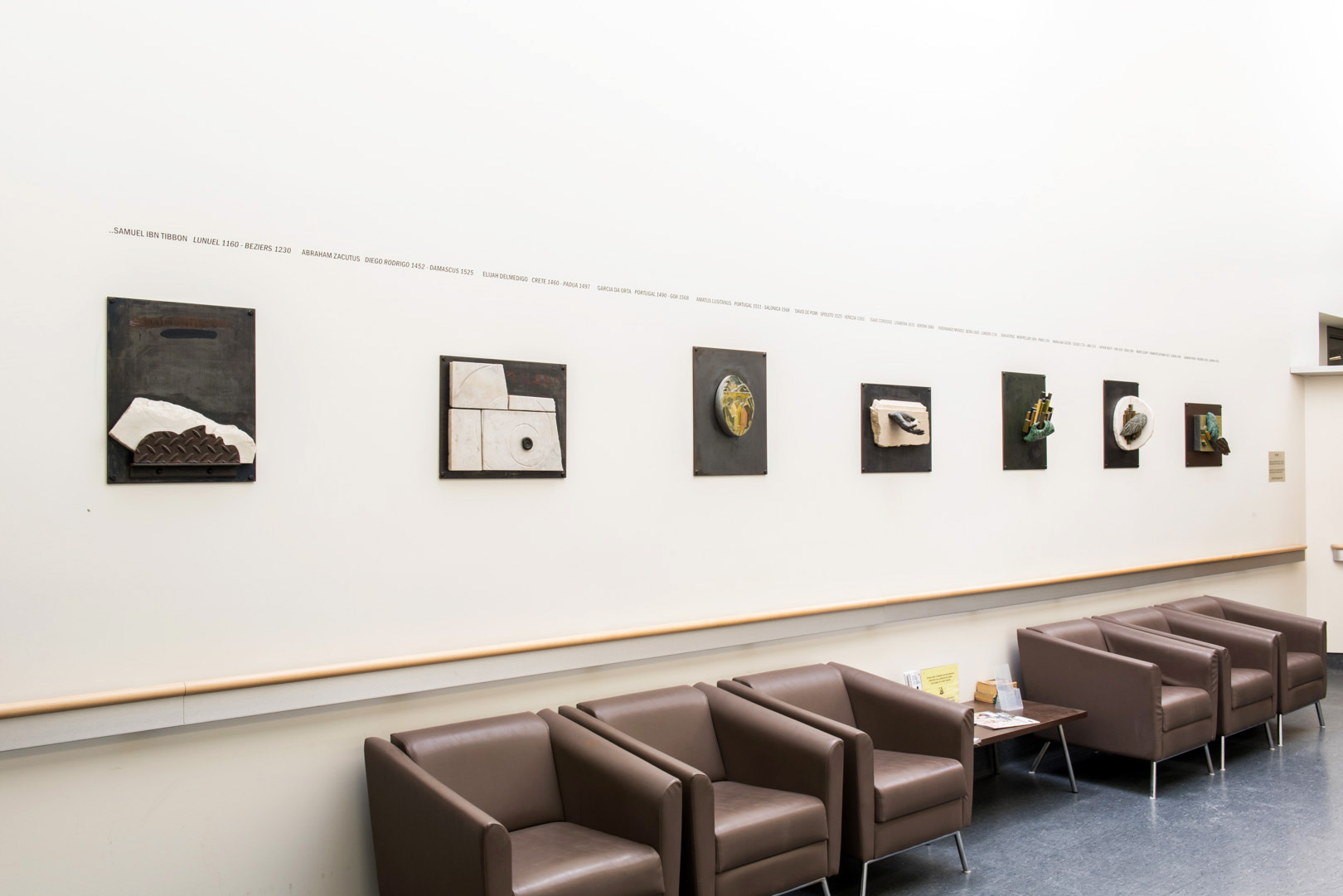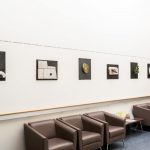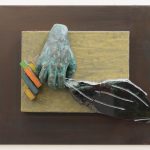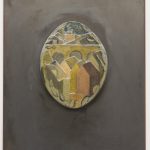

Né en Roumanie, Peter Krausz a étudié entre 1964 et 1969 à l’Institut de Beaux-Arts de Bucarest dans la Faculté de peinture murale.
Depuis 1970 quand il s’établit à Montréal, Peter Krausz participe à de nombreuses expositions individuelles et de groupe à Montréal, au Québec, au Canada, aux Etats-Unis et en Europe. Ses œuvres incluant la peinture, le dessin, l’installation et la photographie se retrouvent dans des collections privées et publiques telles que celle du Musée des beaux-arts de Montréal, du Musée national des beaux-arts du Québec, du Musée d’art contemporain de Montréal, du Jewish Museum de New York, parmi bien d’autres.
Il est le récipiendaire de bourses du Conseil des Arts du Canada et du Conseil des arts et des lettres du Québec et le gagnant de plusieurs compétitions pour des murales dans le cadre du Programme d’intégration des arts à l’architecture du gouvernement du Québec.
Durant les années 80, il a été le conservateur et directeur de la galerie d’art du Centre Saidye Bronfman et professeur à l’Université Concordia. Depuis 1991, il enseigne l’art à l’Université de Montréal où il est maintenant professeur titulaire dans le département d’Histoire de l’art et études cinématographiques.
Peter Krausz est représenté par la galerie De Bellefeuille à Montréal, la galerie Mira Godard à Toronto, la galerie Forum à New York, la galerie Jones à Vancouver et la galerie Wallace à Calgary.

Artwork description
Three slabs rise before us, separated from one another by blue tinted pillars. On the uppermost portion of this composition, the artist has inscribed the names of doctors, their cities of origin, and the era in which they lived, all recorded in chronological order, from Antiquity to the present. Midpoint along these walls, in the uppermost portion, the artist has sculpted 7 stone and metal reliefs that symbolize “imaginary cities”. Four sculptures are affixed to the middle wall while the other three are carved on the right-hand wall.
Inspiration and Pathway of the Work
- The site and its distinctiveness :
The Jewish General Hospital is more than a simple hospital; it is renowned for the ethnic heritage of its founding fathers. It carries a long tradition that dates back to the dawn of humanity (historians call it “Bet hegdesh la aniyim” – a place dedicated to the needy, or the wellspring of future hospitals).
- The proactive and enduring presence of Jewish medical practitioners and their worldwide migrations: a chronicle of the dispersion and the historic itinerary of the Jewish people.
- The cities in which these physicians are born are seldom those in which they die.
- For Italo Calvino, the imaginary and invisible cities that Marco Polo conjures up for Kubla Khan.
Names of the Physicians
SAMUEL IBN TIBBON LUNUEL 1160 – BEZIERS 1230 * ABRAHAM ZACUTUS DIEGO RODRIGO 1452 – DAMASCUS 1525 * ELIJAH DELMEDIGO CRETE 1460 – PADUA 1497* GARCIA DE ORTA PORTUGAL 1490 – GOA 1568 * AMATUS LUSITANUS PORTUGAL 1511 – SALONICA 1568 * DAVID DE POMIS SPOLETO 1525 – VENEZIA 1593* ISAAC CORDOSO LISABONA 1615 – VERONA 1680 * FERDINANDO MENDEZ BEIRA 1665 – LONDON 1724* JEAN ASTRUC MONTPELLIER 1684 – PARIS 1766* MARIA ANA CASTRO TOLEDO 1720 – LIMA 1763 * ARTHUR WOLF LYON 1819 – TEXAS 1904 * MORITZ SCHIFF FRANKFORT AUF MAIN 1823 – GENEVA 1896 * SIGMUND FREUD FREIBERG 1856 – LONDON 1939





